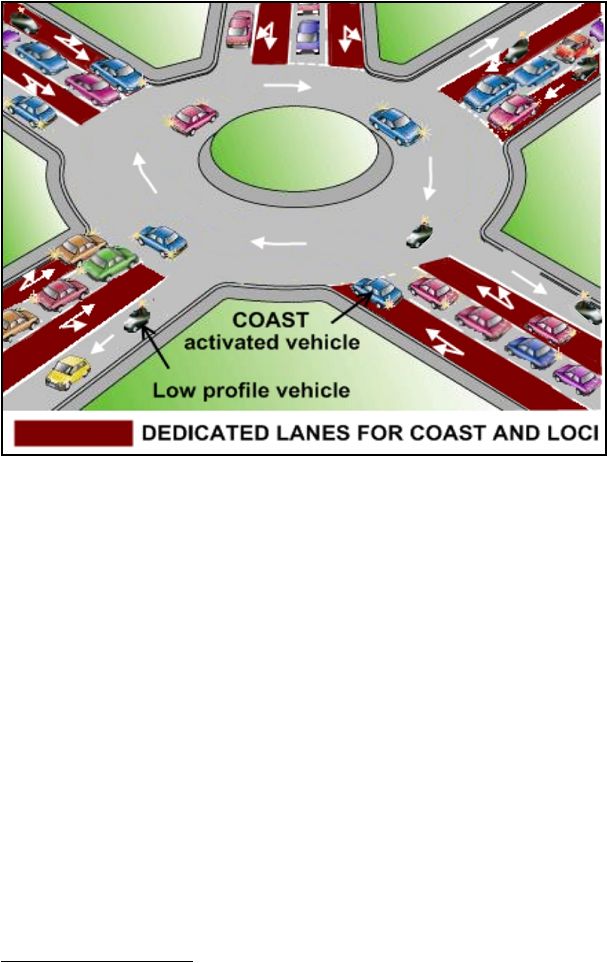
Figure 2 Example of a priority system for COAST
The COAST activated vehicles are allowed to use dedicated lanes (indicated in dark red) at junctions during
congested periods, thereby allowing drivers and their passengers to by-pass traffic jams. The dedicated lanes
also form part of the LOCI network (see section 4) allowing low profile vehicles the same advantage.
Vehicle manufacturers should be encouraged to equip all their vehicles with an LCC communication and
guidance system to encourage the use of COAST for the purposes of reducing greenhouse gas emissions, air
pollution and traffic congestion. When this is optionally switched on, the driver would be guided with the aid of
satellite navigation and instructions from the LCC computer to pick up and drop off passengers. The computer
calculates the optimum route in terms of time and/or overall cost for the driver and passengers depending upon
the traffic conditions. Route guidance via satellite navigation may eventually become a common option on
vehicles, and tracking systems have already been used for insurance purposes
6
so it is simply a matter of
modifying and combining these designs with a 2-way communication with the LCC. The LCC could also
identify the location of the passenger from a mobile phone signal so they could be picked up off the street if
necessary.
The widespread use of COAST in conjunction with appropriately organised surveys on vehicle passenger
patronage would allow vehicle CO2 targets to be changed from the metric of emissions per km, to the more
useful and relevant emissions per passenger km. Local authorities can also make use of this metric when
deciding to operate COAST type services in preference to more conventional public transport systems that
typically operate far below peak efficiency due to the low number of passengers on board.
The effect of low passenger utilisation on public transport efficiency is evident from figures published from the
US Transportation Energy Data Book
7
which estimates that that transit buses and commuter trains carried only
8.8 and 31.2 passengers on average. As a consequence, cars use 17% less energy per passenger than transit
buses and only 17% more energy per passenger than commuter trains! This is all the more remarkable
considering that US cars are relatively large in relation to their European counterparts, and almost solely use less
efficient gasoline engines! It is clear from this, that even in terms of the environmental factors alone a radical
6
7

